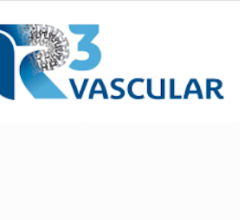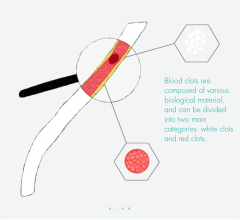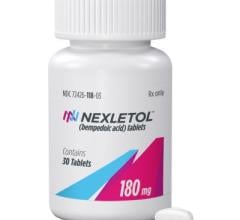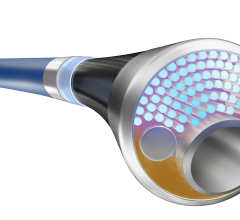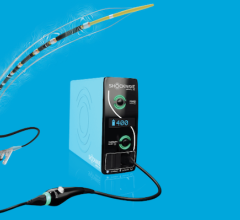
February 25, 2015 — CBSET, a not-for-profit preclinical research institute, announced that its scientists have defined the optimal tissue debulking protocol for treating in-stent restenosis (ISR) with Boston Scientific’s Jetstream Navitus atherectomy device. These findings were disclosed at the Cardiovascular Research Technologies 2015 annual scientific meeting (CRT 2015) in Washington, D.C.
The study (“Optimal Number of Runs Using the Jetstream Navitus Device to Achieve Maximum Tissue Debulking of In-Stent Restenosis in a Porcine Stent/Balloon Injury Overstretch Model”) determined that the Boston Scientific device achieved optimal tissue debulking after two blade-up (BU) runs, with no further gain in debulking after the second run. This study also confirmed that stent damage was minimal after the procedure, with no disruption to stent struts or stent integrity. Prior to this study, the number of runs needed to achieve optimal tissue debulking in ISR using the Jetstream Navitus device was unknown.
“Now we may proceed to translate these findings into clinical data, with the goal that optimal tissue removal or debulking will translate into (1) better patient outcomes, and (2) ideal coupling with adjunctive therapies such as drug-coated balloons. We believe that the optimal debulking process will give physicians the best acute procedural results and hopefully better long-term outcomes,” concluded the study’s principal investigator, Nicolas W. Shammas, M.D., president and research director, Midwest Cardiovascular Research Foundation.
The results of two related studies also were disclosed at CRT 2015:
- “Minimal Plaque Surface Area and Minimal Luminal Area Needed for Effective Atherectomy using the JetStream Navitus in Treating In-Stent Restenosis of Femoral Artery in a Porcine Model”
- “Intravascular Ultrasound Assessment of the Optimal Number of Runs Using the JetStream Navitus Device to Achieve Maximum Tissue Debulking in Femoral Artery in-Stent Restenosis Porcine Model”
For more information: www.cbset.org


 February 04, 2025
February 04, 2025 
